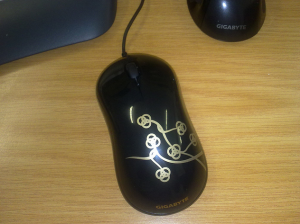Does search engine optimization seem a bit of a mystery? Here’s the mystery unveiled in this SEO Periodic Table constructed by Search Engine Land. Although the graphic is incredibly insightful, it merely reflects the science of understanding what people desire to read and visually experience at any given time. One could truthfully say search engine results are actually the product of a massive crowdsourcing exercise.

Over the past century, newspaper publishers and other mass media professionals policed and filtered printed content. As a result, mainstream publishers in the U.S. achieved a stellar record of producing credible, verifiable content. The newspaper industry set the standard for ethically sourced content. Then along came Google, which upended the apple cart.
In an era when anyone can launch a website, credibility has become a huge issue. High-profile search engines like Google and Bing have become adept at filtering search results. Computations galore go into a search engine’s algorithms, and when tweaked, the revised formulas often shake the fortunes of many.
The major factors today that determine a site’s ranking often seem clouded with an air of mystery, but it usually comes down to that one word: Credibility.
Even in the days of three-word tweets, it’s crucial to take the time to ensure your webpage content reflects proper grammar, is cogent and specifically targets your audience. Don’t even think of expecting the reader to struggle through poorly crafted content. Remember, even if search terms drew the person to your site, they’ll bounce away within seconds if the message is garbled or appears to be spam.
Update content frequently, particularly on those pages designed to engage visitors and move them to action. Remember that trending topics are the spice, while static pages are the meat and potatoes, so have a mixture of both in your content. Use keywords and phrases in a highly targeted manner, and review your web stats to understand how and when visitors are interacting on your site.
Ensure HTML title tags and headlines contain pertinent keywords, and take the time to insert meta description tags, too.
Don’t forget to test all links. Even major corporate websites often contain a number of broken URLs, and a company may be unaware of the situation unless someone takes the time to alert them. Just as typos have proved to be the bane of publishers for a century, today faulty links effectively take a visitor to a dead end.
Quality content remains the biggest factor in page ranking, followed by site architecture. Although the trustworthiness of a site’s content is not the top factor in determining search engine results, a business owner should always approach with fear and trepidation the making of false claims on the web. The regrets begin after one tweet and may not end for years to come.







